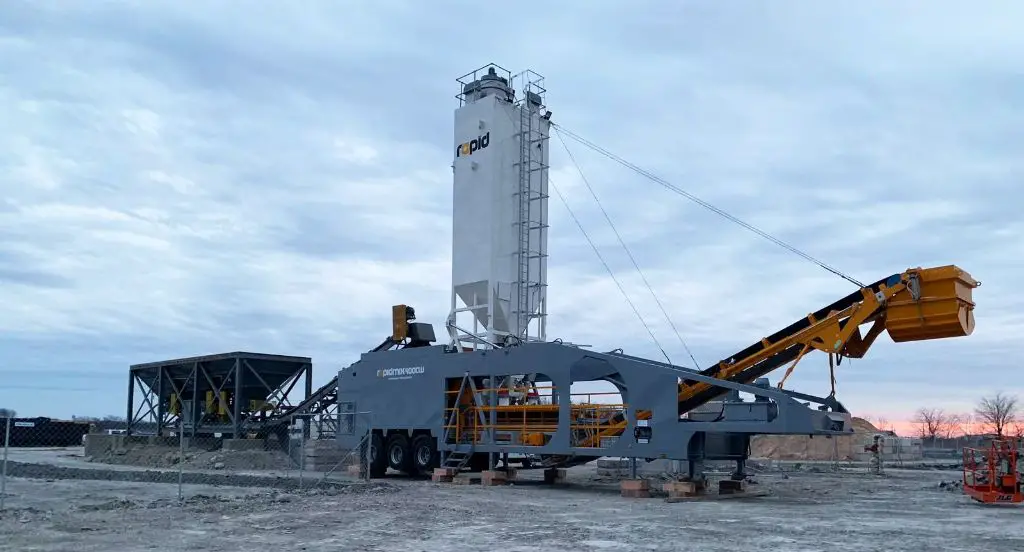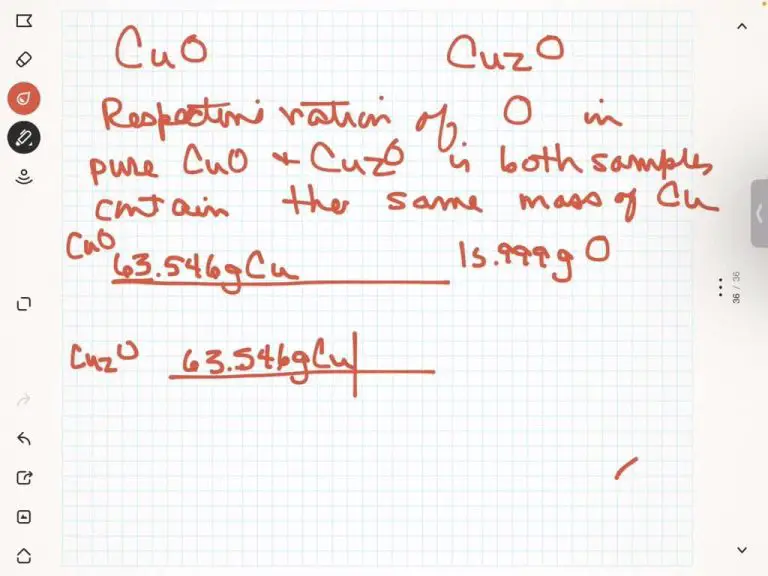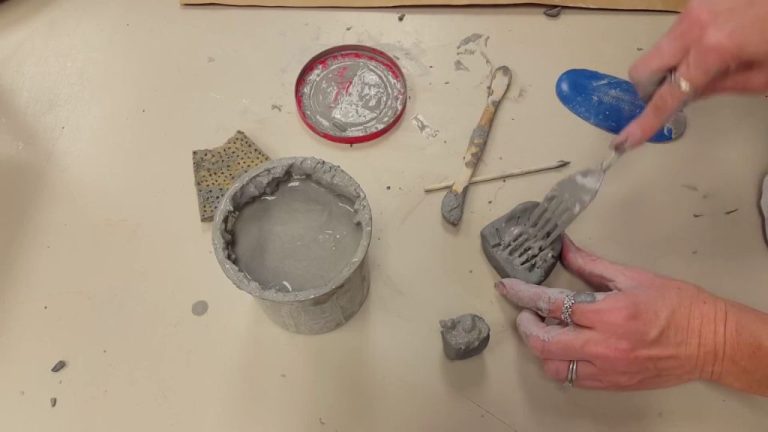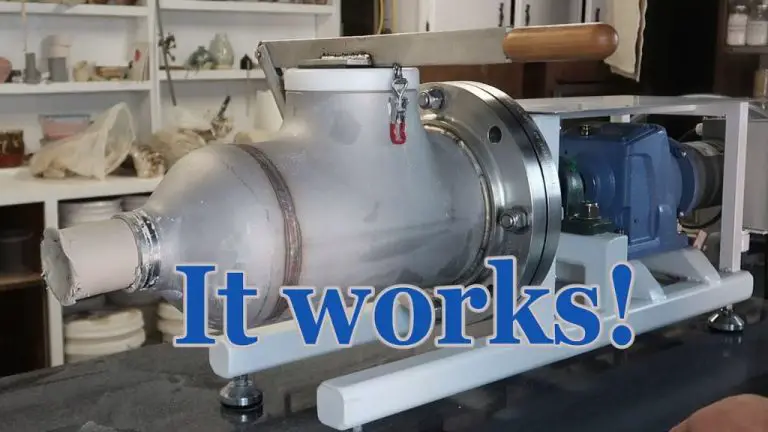Is A Pug Mill Used For Brick?
What is a Pug Mill?
A pug mill is a machine used to mix and blend wet and dry materials into a plastic state. The name “pug mill” comes from the process of “pugging” in pottery, which involves kneading clay to the proper consistency[1]. Pug mills consist of a conical or cylindrical vessel with one or more vertical shafts with radial arms or paddles for mixing and grinding the materials[2].
The primary purpose of a pug mill is to homogenize a mix of materials through shear and compressive forces. Wet and dry constituents are fed into one end of the pug mill, where rotating paddles blend the materials into a uniform mixture as it moves through the machine. The resulting product exits the pug mill with a homogeneous consistency optimal for downstream processes.
Common applications for pug mills include the production of: clay, ceramics, bricks, concrete, asphalt, pharmaceuticals, minerals, chemicals, and food. Pug mills provide continuous mixing and agitation that improves product consistency and workability.
[1] https://www.merriam-webster.com/dictionary/pug%20mill
[2] https://en.wikipedia.org/wiki/Pugmill
History of Pug Mills
Pug mills have been used for centuries to mix and homogenize clay and other materials in the production of pottery, bricks, and other ceramic products. However, the modern mechanical pug mill was invented in the early 1900s in the United States.
According to https://peterpugger.com/history/, the first modern pug mill was developed around 1908 by architect/potter Gordon Motta and engineer Randy Wood. At the time, most potters were still using simple paddle mixers or wedging by hand to mix their clay. Motta wanted a more efficient way to mix large quantities of clay and eliminate air pockets, so he collaborated with Wood to design a pug mill machine.
The early pug mills greatly increased productivity and efficiency in pottery studios by quickly and continuously mixing clay. This allowed for larger batches of consistent, air-free clay. The technology was rapidly adopted throughout the American pottery industry in the early 20th century.
Since then, pug mills have become ubiquitous in ceramic manufacturing. Their design has evolved and scaled up to process not just clay, but also concrete, asphalt, and other aggregate materials. Today’s pug mills are fully automated industrial machines used in construction, mining, and road building. But they originate from the need for an efficient clay mixer in the early 1900s pottery world.
How Pug Mills Work
A pug mill is a machine that uses counter-rotating shafts and paddles to rapidly mix and blend various materials. The pug mill gets its name from the pugging process used in the pottery industry, where clay materials are mixed and formed into a pug of clay ready for shaping. Modern pug mills work on a similar principle but on a larger scale.
The main components of a pug mill are a U-shaped trough, two counter-rotating shafts with affixed paddles or blades, a cover, and typically a water spray system. The inclined position of the mixing shafts as they rotate creates an efficient kneading and blending action as materials pass through the pug mill.
As the paddle shafts rotate in opposite directions, the paddles pick up material from the bottom of the trough and lift it to the top. Gravity then pulls the material back down, where it is caught by the following paddles and mixed further. The counter-rotation creates a continuous mixing cycle.
The angle of the mixing shafts and the paddle design can be customized for different material consistency needs. Water sprays are often added to control material moisture levels. The end result is a homogeneous mixture prepared for the next production stage.
Uses of Pug Mills

Pug mills have a wide variety of applications across numerous industries. They are valued for their ability to rapidly mix and blend wet and dry materials into a homogeneous mixture. Some of the main uses of pug mills include:
Clay and Ceramics – One of the earliest and most common uses of pug mills is in the production of clay for pottery and ceramics. Pug mills thoroughly mix and knead clay, removing air pockets and creating a uniform consistency optimal for throwing on a potter’s wheel or molding. This allows potters to reuse scrap clay that would otherwise go to waste.
Concrete – Pug mills are utilized in concrete production to blend cement, sand, gravel, water and any admixtures. They rapidly produce a homogeneous concrete mix that results in a strong, high quality end product. Central mix concrete plants often employ large-scale pug mills.
Asphalt – Pug mills blend hot asphalt cement with aggregate to create asphalt for paving roads, driveways, parking lots, etc. They allow asphalt plants to achieve optimal viscosity and uniformity in their mixes.
Bricks – Pug mills are sometimes used in brick manufacturing to mix clay, shale and water to produce a consistent, homogeneous mixture for molding bricks. They help remove air pockets that can weaken bricks when fired.
In addition to these major industries, pug mills may also find use in construction, mining, agriculture, wastewater treatment and other applications requiring thorough mixing of materials. Their versatility is one of their greatest assets.
Pug Mills for Clay and Ceramics
Pug mills are commonly used in the ceramics and pottery industry for preparing clay. The pug mill combines and mixes clay thoroughly, ensuring an even distribution of moisture and texture. It then extrudes the clay out uniformly through a die as “pugged” clay ready for use.
For ceramic artists and potters, pug mills provide several benefits:
- Saves significant physical labor compared to hand wedging clay
- Removes air pockets and bubbles from the clay
- Distributes minerals and additives evenly throughout the clay body
- Adjusts the moisture level consistently
- Extrudes clay with uniform texture and plasticity
There are many types of pug mills designed for studio potters and industrial ceramic manufacturers. Small tabletop pug mills are suitable for individual artists and hobbyists. Larger industrial pug mills have much higher capacity for tile, brick, or pottery studios.
Popular pug mill models used for ceramics include (cite: https://www.baileypottery.com/hand-building-clay-equipment/store-pugmills-and-mixers-by-type.html):
- Soldner clay mixers
- Peter Puggers
- Shimpo pug mills
- Bluebird puggers
With the physical preparation work handled by the pug mill, potters can devote more time and energy to the creative aspects of ceramic design and production.
Pug Mills for Concrete
Pug mills play an important role in concrete production. They are used to blend cement, aggregates, water, and other ingredients together to produce concrete. The pug mill provides a continuous mixing action that helps create a homogeneous and consistent concrete mix.
In concrete plants, dry ingredients like cement and aggregates are loaded into the pug mill. Water is then added to the dry mix as the blades inside the pug mill rotate and fold the material. The blending action combines the ingredients evenly and produces high quality concrete that meets the required specifications.
Using a pug mill provides several benefits for concrete production compared to other types of mixers:
- Continuous mixing action provides consistent results.
- Blending dry and wet materials is efficient.
- Mix designs can be easily adjusted.
- Large volumes can be produced quickly.
- Low maintenance requirements.
Overall, pug mills enable concrete producers to blend materials thoroughly and produce consistent concrete efficiently. Their unique mixing action makes them well-suited for integrating the ingredients required for high quality concrete (https://www.mclanahan.com/products/pugmill-mixers). Pug mills have become an indispensable part of modern concrete plants and operations.
Pug Mills for Asphalt
Pug mills are commonly used in the asphalt industry to mix and produce asphalt for paving projects. The pug mill evenly blends aggregate and liquid asphalt cement together into a homogeneous asphalt mix.
Asphalt paving material needs to be thoroughly mixed and blended to ensure proper viscosity, workability, and performance. Pug mills provide continuous mixing action that coats the aggregate particles completely and uniformly with hot liquid asphalt. This results in a superior final asphalt product.
Pug mills designed for asphalt applications are equipped with specially designed paddles and arms to efficiently mix the viscous asphalt material. They can be powered by diesel engines or electric motors and are available in portable or stationary configurations. Capacities typically range from 50 to 750 tons per hour.
Key benefits of using a pug mill for asphalt mixing include:
- Consistent blend and workability
- High production rates
- Minimal manual labor needed
- Lower operating costs
- Easy to transport and operate
Asphalt paving contractors, construction companies, and government transportation departments often rely on asphalt pug mills as an integral piece of equipment for road and highway projects. They allow for an efficient and high-quality asphalt mixing process.
Sources:
https://www.pavementgroup.com/pugmills/
Pug Mills for Bricks
Pug mills are an integral part of the brick manufacturing process. A pug mill is a machine that mixes clay and water into a smooth, plastic condition, ready to be formed into bricks.
In brick manufacturing, the raw clay goes through several preparation stages before it is ready to be formed into bricks. First the clay is dug from the ground and weathered to break it down. Next it goes through a grinding process before being mixed with water in the pug mill.
The pug mill consumes the prepared clay and water. Inside the pug mill are one or more shafts with knives or paddles attached. The shafts rotate, mixing the clay and cutting it into the homogeneous mixture required for optimal extrusion. This process is aptly called “pugging.”[1]
Once pugged, the clay passes out of the pug mill and can then be extruded into the desired brick shape. The mechanical mixing of the pug mill produces bricks much more efficiently and consistently than the historical process of hand-mixing clay.
So in summary, pug mills are an essential step used in brick manufacturing to mix and prepare the clay so it can be formed into brick shapes. Pugging with a pug mill optimizes the clay’s plasticity and workability, allowing efficient, automated extrusion of raw clay into bricks.
Advantages of Pug Mills
Pug mills offer several benefits over other types of mixers for working with clay, concrete, asphalt, and other materials. Some of the main advantages of pug mills include:
Improved mixing – The dual shafts and paddles of a pug mill provide thorough mixing and kneading of materials. This helps achieve a very homogeneous mixture compared to other mixers.
Continuous mixing – Unlike batch mixers, pug mills provide continuous mixing so new materials can be added and blended as needed without stopping the process.
Adjustable moisture content – Pug mills allow adjusting the water or liquid added during mixing to achieve the optimal moisture content.
De-airing – The kneading action of pug mills removes air pockets and results in a dense, smooth mixture.
Versatility – Pug mills can effectively mix a wide range of materials from clays to concrete to asphalt.
Ease of use – Pug mills are designed for efficient, simple operation compared to manually kneading and wedging clay.
Consistency – Pug mills deliver consistent, repeatable results batch after batch.
Labor saving – Pug mills reduce the manual labor otherwise required for mixing and preparing materials.
Speed – Pug mills provide fast, efficient mixing that would take far longer by hand.
According to one source, “Pug mills provide fast, continuous mixing and density that would otherwise require extensive manual wedging and kneading” (Source). Their efficient mixing action makes pug mills a popular choice across various industries.
Disadvantages of Pug Mills
While pug mills offer many benefits, there are some downsides to consider as well:
Maintenance – Pug mills contain many moving parts that require regular maintenance and lubrication. Wear and tear can lead to breakdowns that require expensive repairs or replacement parts. Proper maintenance is key to getting the longest life from a pug mill.
High energy use – Pug mills require significant electricity to power the motor and drive the screws or paddles that mix and extrude the material. This leads to higher energy bills compared to manually wedging clay.
Large footprint – Pug mills are bulky pieces of equipment that take up considerable floor space. This may be problematic in a small studio or workplace.
High purchase cost – Commercial pug mills designed for heavy use can be quite expensive, with prices ranging from $2,000 to $10,000 or more. Budget-minded buyers may find the initial cost prohibitive (1).
Noise – The motors and moving parts generate noticeable noise that some find irritating. This may be an issue in settings where quiet is preferred.
Safety – Long hair, jewelry, loose clothing, or fingers can become caught in the moving parts and lead to injuries. Care must be taken when operating pug mills.
Limitations with heavily grogged or extremely stiff clays – Materials with abundant large grog particles or very high stiffness may not mix or extrude well in some pug mill models.




